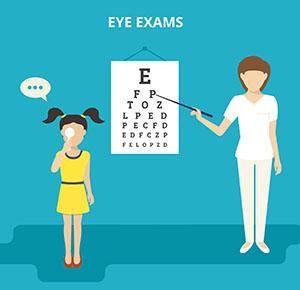
Myopia Control Orlando, Oviedo, Lake Nona, FL
Myopia has increased due to the increased time spent indoors & on electronics.
Myopia is no longer just a nuisance that involves getting new glasses or contacts every year. We are now seeing it as it truly is – a pandemic. More people now are nearsighted than 100 years ago, and the percentage keeps growing. It is also certain that high myopia increases the risk of other eye- and sight-threatening conditions, including glaucoma and retina detachments. It is imperative that we stop the progression now that we can. https://www.who.int/blindness/causes/MyopiaReportforWeb.pdf
How do I know if I am ready or my child is ready for the Eye Retainers
- Yearly worsening of vision
- Young age of 1st wearing glasses
- Parent(s) are nearsighted / have myopia
- High near sightedness / myopia
- Yearly progression of myopia (nearsightedness)
CoRE Retainers The best way to control nearsightedness
These retainers are part of Specialty care Optometry known as Cornea reshaping technology or Orthokeratology (ortho k – ortho for the eyes, braces for the eyes). The retainers are made of a breathable plastic and are worn at night to reshape the cornea. The cool part is this is a reversible process.
The goal of the CoRE retainers is to slow down myopia progression and to provide freedom from glasses and contact lenses during the day.
The retainers are FDA approved for overnight wear and myopia reduction. Although not FDA approved for myopia control, the FDA is aware of the myopia epidemic and is investigating the role of Cornea reshaping technology for myopia control. https://www.clspectrum.com/issues/2019/march-2019/myopia-control-in-2019.
An advantage of overnight Retainers is that they are worn only at home, so parents can manage their child’s care of the retainers. For children who swim frequently or who participate in sports in dusty environments, such as baseball or softball, overnight orthokeratology eliminates the need for contact lens wear in suboptimal environments. The risk of microbial keratitis during overnight orthokeratology contact lens wear is similar to that with overnight wear of any modality. Bullimore MA, Sinnott LT, Jones-Jordan LA. The risk of microbial keratitis with overnight corneal reshaping lenses. Optom Vis Sci. 2013 Sep; 90:937-944.
For myopic corneas (minus prescriptions), the cornea is steep vs people with no prescriptions. Thus, the retainers are fit so that the cornea is flattened. For hyperopic corneas (plus prescriptions), the cornea is flat vs people with no prescriptions. Thus, the retainers are fit so that the cornea is steepened.
The CoRE Retainer.
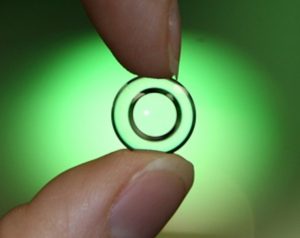
The CoRE retainers also known as ortho k lens, cornea reshaping technology
Other options.
There are 2 other options.
- Myopia control eye drops (atropine). Current studies have shown atropine eye drops to be effective in controlling myopia. Newer concentrations do not affect near vision tremendously.
- Progressive (multi-focal) contact lenses. These lenses are soft monthly disposable contact lenses. Only the distance center design has been shown to control myopia. However, it is important to note that the myopia control achieved with Progressive contact lenses are not as effective as the Eye retainers or the atropine eye drops.
Freedom from Glasses & Contacts.
Dr. Anh’s Passion
Myopia Control is more than Vision.
Myopia often times is a progressive condition that starts in childhood and not only affects vision, but can increase the chance of glaucoma, macula diseases and retina detachments.
I started wearing glasses when I was 7 years old and only stopped recently when the technology was able to catch up to my high nearsightedness. Because of my age when I started wearing glasses, I have always wanted to make a difference in people’s vision, especially helping young children control their progressing nearsightedness and boosting their self esteem by providing another option.
As Dr. Anthony and I are both near sighted, the chance of our children being myopic is 40-50% percent. We both agreed to do everything in our power to reduce their chances of having the same prescriptions we did. Reduced screen time, more time spent outdoors (at least 1.5-2 hours everyday at the least, according to recent research), and ortho-k lenses are the way to go.

Huynh Do Family – Glasses Free
For children who are already nearsighted, the Eye Retainers offer a wonderful opportunity for control! When I became a Certified Orthokeratology Specialist with Paragon CRT 3 years ago, my first 3 patients were my cousins! My cousins have been controlled very well. My youngest cousin who was 6 at that time, has not had a change in her prescription since then, while my 2 other cousins aged 9 & 13 at that time, have only increased by 0.50D over the 3 years.
But we often forget the goal of the CoRE Retainers is to maintain and keep the nearsightedness in check, so that the chance of developing severe eye conditions of glaucoma, macula degeneration and quick forming cataracts is minimized. I wanted to ensure I preserve my eyesight so that I may enjoy and see my kids grow.
The Science of Myopia & CoRE Retainers
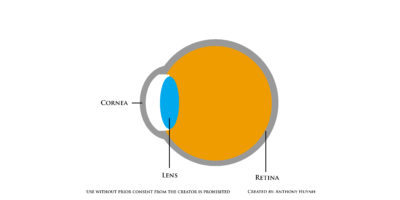
The cornea, which is the front of the eye is responsible for focusing light onto the the retina (the back of the eye).
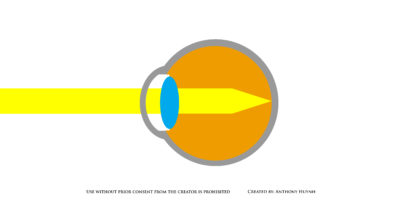
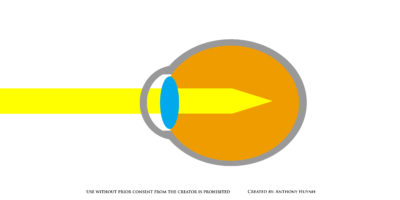
For nearsighted people (or myopia) the eye is longer, this in turn changes the focus point. Instead of focusing on the retina, light is now focused inside of the eye.
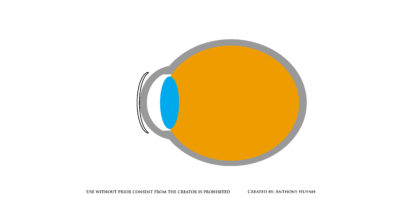
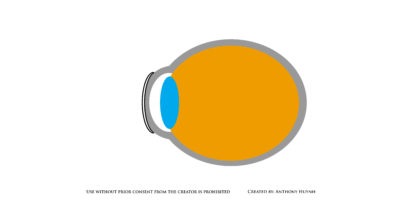
The left illustration shows the initial Eye retainer on Day 1 vs treatment eye shape. Eye retainers are worn like contact lenses, but at night when you sleep. The eye retainer reshapes your eye and when you wake up, take the retainers off, your eye has a different shape!

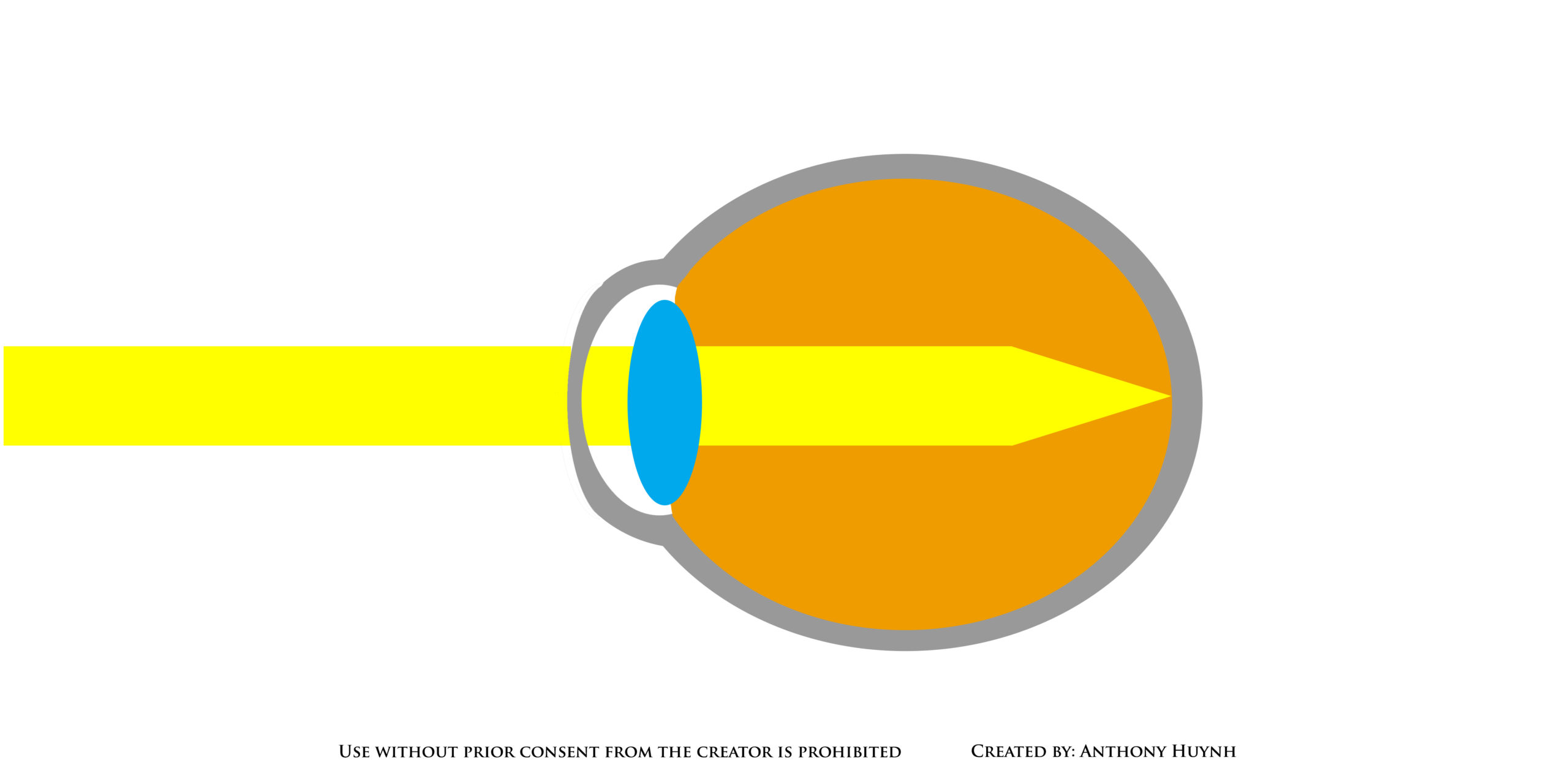
How do I know if I or my child has myopia?
- Yearly progression of myopia (nearsightedness)
- Poor distance vision
- Frequent headaches or blurry vision
- Constantly rubbing the eyes
- Poor comfort or vision with contact lenses or glasses
- Poor focus and visual tracking
- Chronic redness or tearing of the eyes
- Forgetfulness with contact lens care (sleeping in contacts, not cleaning contact lenses).
- Sitting too close to the TV
- Want or need freedom from glasses or contact lenses
- Active lifestyle (sports, exercise, going out)
- Water sports
- Failing vision
- Too young for LASIK
- LASIK (laser) free correction for children / kids
- Progressing or worsening vision
FAQs
- Is it permanent? No, the eye retainers do not cause a permanent change in the shape of the cornea. The advantage of the non-permanent change is, if there is a change in your or your child’s prescription, a new retainer can be designed to accommodate for this change.
- Why not LASIK for my child? The purpose of Laser surgery for the eyes is to give good vision, not slow down myopia. For young patients, as the prescription tends to get progressively worse each year, Laser surgery is not recommended. The purpose of the Eye retainers is to slow down myopia & an additional benefit is having good vision. As such, it is recommended for any age, but especially recommended for children.
- How safe are wearing retainers overnight? Wearing any type of contact lens or retainer will have a risk of infection. However, because the retainers are worn at home & with the presence of an adult, the risks of infections or other types of complications are minimal. In addition, proper cleaning, wearing & replacement will keep eye complications to a minimum.
- How do I clean the lenses? We often recommend the Hydrogen Peroxide cleaning system to properly disinfect, clean & maintain the retainers. But individualized instructions will be discussed at your Retainer training.

